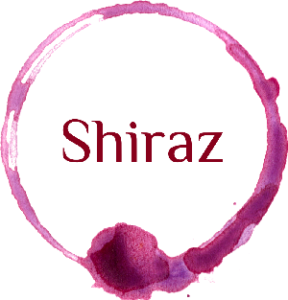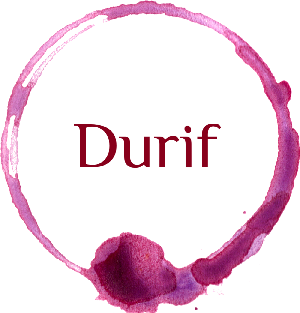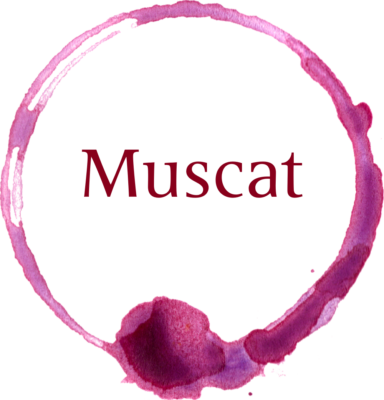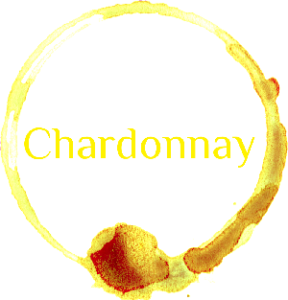The Glenrowan wine region is about two and a half hours northeast of Melbourne and sits at the bottom of a mountain range, stretching out into open countryside. It is centred around the town of Wangaratta and forms part of Victoria’s North East Victoria wine zone. The area is shared with Beechworth, King Valley, Alpine Valley and Rutherglen.
Glenrowan gained fame due to its association with the infamous Australian bushranger Ned Kelly, who made his last stand in the area in 1880. This historical backdrop adds a cultural richness to the region.
The history of winemaking in Glenrowan dates back to the mid-19th century when European settlers, attracted to the region’s fertile soils and climate, began planting vineyards. Initially, these vineyards were small-scale and served local needs amidst the agricultural development spurred by the gold rush era in Victoria. By the late 19th century, Glenrowan had emerged as a notable wine-producing area. Several wineries had been established, and a growing reputation had been established for its fortified wines, particularly Muscat and Tokay.
These fortified wines gained acclaim domestically and internationally, contributing to Glenrowan’s status as a significant wine region in Victoria. The area’s expansion was not without challenges. Like many other wine regions globally, Glenrowan was affected by the phylloxera epidemic in the late 19th century, which devastated vineyards and led to a decline in wine production. However, determined efforts and replanting eventually enabled the region to recover.
Throughout the 20th century, Glenrowan continued to produce wines, adapting to changing tastes and market demands. In recent decades, a renewed focus has been on producing premium wines, particularly from grape varieties like Shiraz and Durif, which thrive in the region’s warm climate and granite-based soils. Today, Glenrowan is recognized for its robust and full-bodied red wines, characterized by their rich flavours and distinctive regional characteristics. The region’s winemakers combine traditional winemaking practices with modern techniques to craft wines that reflect the terroir of Glenrowan.
Glenrowan’s climate is relatively warm, although its proximity to the Victorian Alps provides some cooling influences. This climate and the well-drained and nutrient-rich granite soils create favourable conditions for growing grapes with concentrated flavours and balanced acidity.
Visitors to Glenrowan can explore its rich viticultural history through visits to local wineries and cellar doors, where they can sample various wines and learn about the region’s winemaking heritage. The historical backdrop of the Ned Kelly story adds cultural interest to the wine tourism experience in Glenrowan, making it a compelling destination for wine enthusiasts and history buffs alike.
Top Stats
Harvest
Early Mar to late Apr
Mean Jan temperature
23.6°C
Area of Vine
205 hectares
Altitude
128 – 507m
Growing season rainfall
301mm
Principal Varietals
Glenrowan is recognized for its robust, full-bodied red wines, which are characterized by rich flavours and distinctive regional characteristics. The dominant grape varieties are Shiraz and Durif.
Shiraz thrives in the warm climate, producing wines known for their bold fruit flavours, spicy notes, and robust structure. Durif, also known as Petite Sirah in other parts of the world, is particularly well-suited to the region’s conditions, producing deeply coloured wines with intense flavours of dark berries, chocolate, and sometimes peppery spice.
The region also produces notable fortified wines, predominantly Muscat, prized for its rich, raisin-like sweetness and complex nutty flavours; and Tokay, which is similar to Muscat. Tokay is traditionally used for fortified wines in Glenrowan. It offers aromatic qualities and a sweet profile, often with hints of dried fruits and spices.
Whilst reds dominate, Chardonnay also excels in Glenrowan’s climate. The region produces elegant examples with balanced acidity, showcasing flavours of citrus, stone fruits, and subtle oak influences.
Source: www.wineaustralia.com, Australian wine









